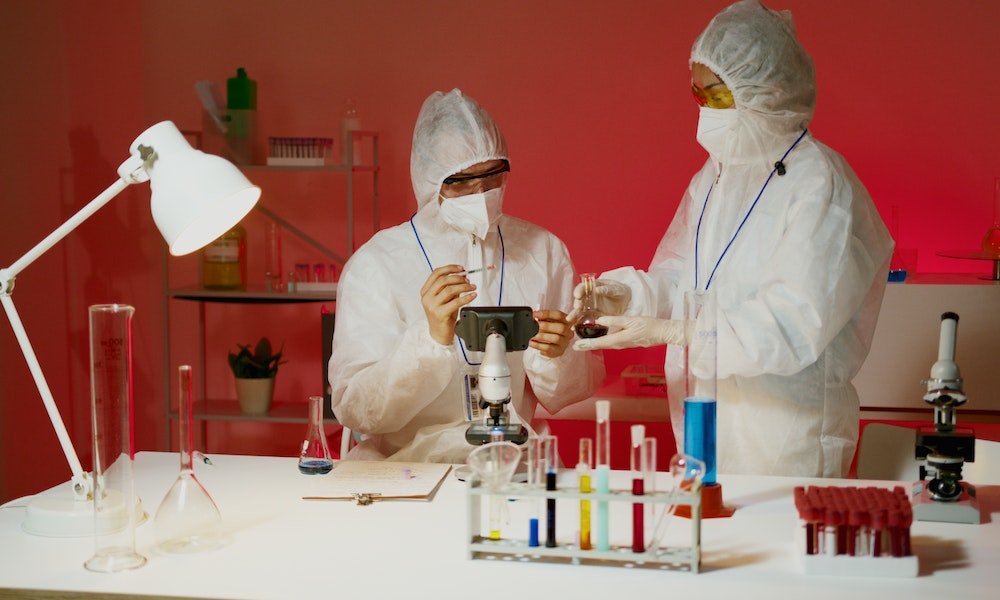SUNSCREEN TOXINS LINKED TO HARMFUL CHEMICALS: 5 BEST PREVENTION

SUNSCREEN TOXINS, In today’s world, sunscreen has become an essential part of our daily routine to protect our skin from the harmful effects of the sun. However, recent studies have raised concerns about the potential toxins present in some sunscreen products. These toxins can have adverse effects on our health and the environment. In this article, we will explore the link between sunscreen toxins and harmful chemicals, and provide you with the five best prevention tips to ensure the safety of your skin and the planet.
Read More: US Considering Outlawing: 7 Important Points
Understanding Sunscreen Toxins
What are sunscreen toxins?
Sunscreen toxins refer to the potentially harmful chemicals present in certain sunscreen formulations. While the primary purpose of sunscreen is to protect our skin from the sun’s ultraviolet (UV) rays, some traditional sunscreen ingredients have been found to have adverse effects on human health and the environment.

Common chemicals found in sunscreens
SUNSCREEN TOXINS, Many sunscreens contain chemicals such as oxybenzone, octinoxate, avobenzone, and homosalate. These chemicals are known as UV filters and help to absorb or scatter UV radiation. However, some studies suggest that these ingredients may have endocrine-disrupting properties and can cause allergic reactions in certain individuals.
Harmful Effects of Sunscreen Toxins
Health risks associated with sunscreen toxins
SUNSCREEN TOXINS, Research has indicated that some sunscreen toxins, such as oxybenzone, can penetrate the skin and enter the bloodstream. These chemicals may mimic hormones in the body, potentially leading to hormonal imbalances and other health concerns. Additionally, some individuals may experience skin irritation or allergies when exposed to certain sunscreen ingredients.
Environmental impact of sunscreen toxins
When we swim in oceans or other bodies of water while wearing sunscreen, the chemicals can be washed off and enter the aquatic ecosystems. Studies have shown that oxybenzone and octinoxate can be harmful to coral reefs, leading to coral bleaching and negatively impacting marine life. It is crucial to choose reef-safe sunscreens to minimize the environmental impact.
Five Best Prevention Tips
Read and understand ingredient labels
SUNSCREEN TOXINS, When selecting a sunscreen, carefully read the ingredient labels and be aware of the chemicals used. Look for sunscreens that are labeled as “oxybenzone-free” and “octinoxate-free.” Consider opting for products with natural and mineral-based ingredients, such as zinc oxide and titanium dioxide.
Opt for mineral-based sunscreens
Mineral-based sunscreens work by creating a physical barrier on the skin that reflects or scatters UV rays. These sunscreens contain minerals like zinc oxide and titanium dioxide, which are considered safe alternatives to chemical UV filters. They provide broad-spectrum protection and are less likely to cause skin irritation or allergic reactions.

Choose broad-spectrum protection
SUNSCREEN TOXINS, When choosing a sunscreen, ensure that it offers broad-spectrum protection against both UVA and UVB rays. UVA rays can prematurely age the skin, while UVB rays are responsible for sunburn. Broad-spectrum sunscreens protect against both types of radiation and provide comprehensive sun protection.
Consider alternative sun protection methods
In addition to sunscreen, consider other sun protection methods to reduce your overall exposure to harmful UV rays. Seek shade during peak sun hours, wear protective clothing such as hats and long sleeves, and use sunglasses to shield your eyes from the sun. These measures can complement the use of sunscreen and provide extra protection.
Stay informed and spread awareness
SUNSCREEN TOXINS, Stay up to date with the latest research and information regarding sunscreen safety. As new studies emerge and regulations change, it’s essential to remain informed about the potential risks associated with certain sunscreen ingredients. Share your knowledge with friends, family, and community members to create awareness about the importance of safe sun protection practices.
SUNSCREEN TOXINS, Conclusion
While sunscreen plays a crucial role in protecting our skin from the harmful effects of the sun, it is essential to be aware of the potential toxins present in some sunscreen products. By understanding the risks associated with these chemicals and following the five best prevention tips mentioned above, you can make informed choices to safeguard your health and contribute to the protection of the environment.
Read More: CAN CAMP LEJEUNE VICTIMS STILL FILE A CLAIM?

FAQs
Are all sunscreens harmful?
No, not all sunscreens are harmful. However, certain sunscreen ingredients have raised concerns due to their potential health and environmental impacts. It is important to choose sunscreens with safe and effective ingredients.
What are the benefits of mineral-based sunscreens?
Mineral-based sunscreens offer several benefits. They provide physical protection by reflecting or scattering UV rays, are less likely to cause skin irritation, and are considered safe for the environment.
Can sunscreen toxins cause allergies?
Some individuals may experience allergies or skin irritation when exposed to certain sunscreen ingredients. It is recommended to test a small amount of the product on a patch of skin before full application.
Why is it important to choose reef-safe sunscreens?
Oxybenzone and octinoxate, commonly found in sunscreens, have been shown to be harmful to coral reefs. Choosing reef-safe sunscreens helps protect fragile marine ecosystems.
How can I stay informed about sunscreen safety?
Stay updated with the latest research, read ingredient labels, and follow reputable sources such as health organizations and dermatologists for reliable information on sunscreen safety.











